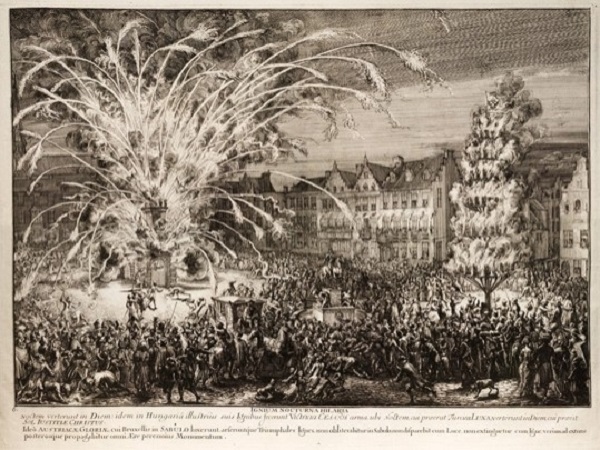
Washington, How important were fireworks for European public events in the 17-18th centuries? An exhibition here answers this question with its collection of firework records.
In the Library: ‘Pageantry and Pyrotechnics in the European Fete Book’, a new installation from the National Gallery of Art Library here, presents an array of books and manuals that illustrate the technological and artistic evolution of firework displays and methods for recording them in Europe.
“Fireworks likely originated in Asia around the ninth century. Although their development is most often attributed to China, they were also used in ancient India. During the Middle Ages, the technology found its way to Europe,” the library said.
By the 14th century, fireworks were used at religious festivals and public entertainment as well as in military applications. It also appeared in books of science, which often included information on gunpowder and its uses.
During the Renaissance, so-called fire masters created increasingly complex displays, resulting in formation of pyrotechnic schools in Europe.
In the 17th century, artists began to visually capture these pyrotechnic delights in ‘fete books’, primarily illustrated through engravings. They described important public occasions and held information about explosive displays used to entertain the attendees of such events.
Some artists focused on individual rockets and effects, while others created an overall sense of the spectacle, prioritising expression over the accuracy, the library said.
The show was opened to public on Monday.









